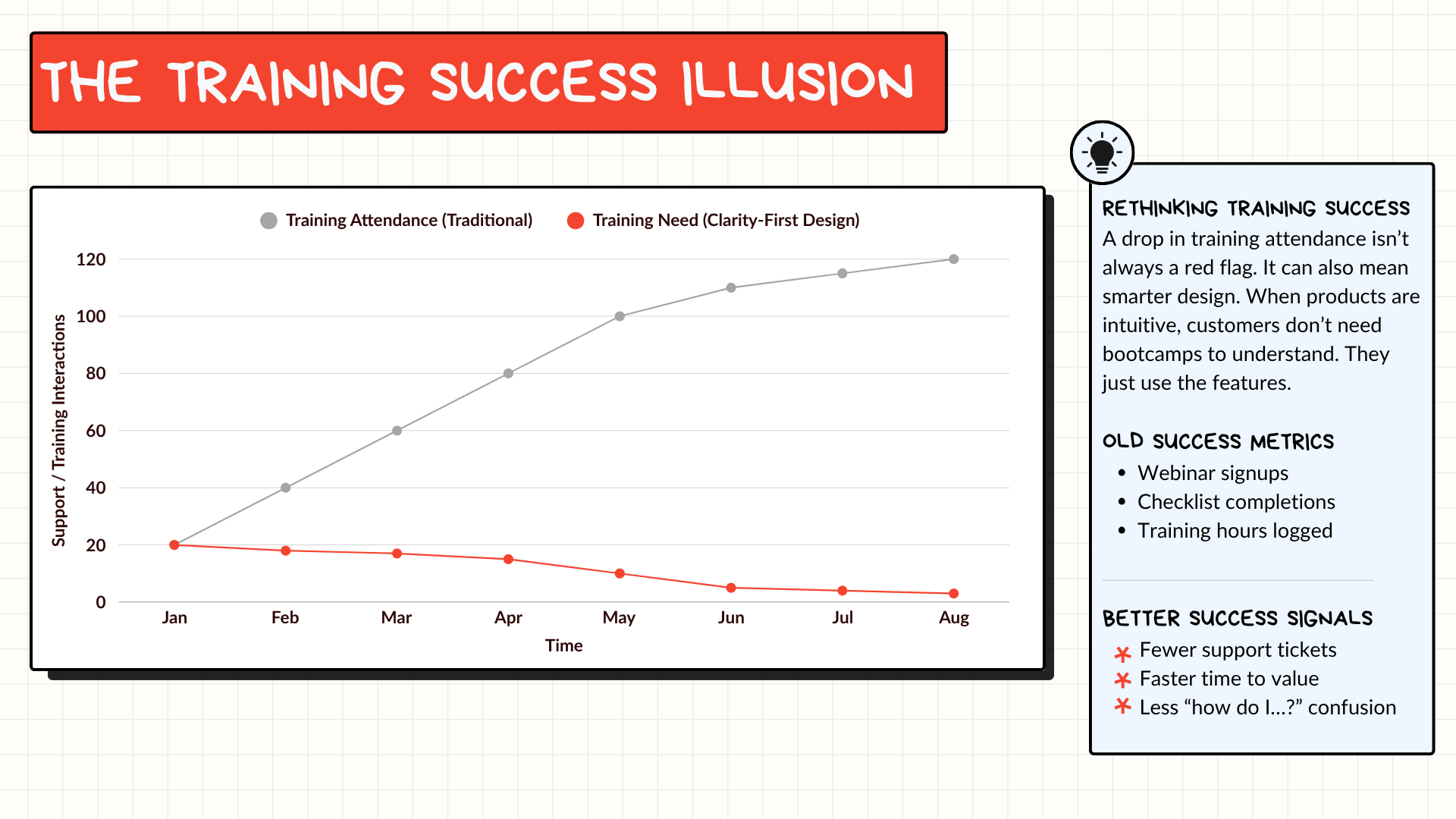Who's been there… You walk into your weekly team meeting where half the team's eyes look glazed over and the other half is frantically typing notes. Everyone nods when you ask if they're aligned on an important sprint coming up, but you can feel the disconnect in the room.
One of your high performers quietly asks to move to a different team. Another submits PTO with no real plan to return. And you're left wondering whether everyone just burned out?
The metrics aren't terrible either. Deliverables are mostly on time. But the vibe is just…off. There's this tension in the air that no amount of Friday shout-outs or wellness apps seems to fix.
Most leaders assume their team's fatigue is about capacity. But what if it's actually about clarity?
The Real Culprit Behind Team Exhaustion
Burnout has become a catch-all diagnosis in modern workplaces. It's the go-to explanation for when someone disengages, leaves the company, or starts lacking execution. Mention that your team seems tired, and someone will inevitably suggest they take more PTO, create a more flexible schedule, or some good ‘ol mindfulness training.
But in my experience, teams don't just burn out from too much work. They burn out from unclear work.
When expectations shift weekly, priorities are fuzzy, and decision-making happens behind closed doors, even the best teams will start to spin. They'll get really good at working harder, not smarter. They'll second-guess themselves. They'll ask the same questions in three different meetings because no one documented the answer the first time.
Leaders often chase morale boosters instead of diagnosing the real problem. When’s the last time you slowed down to ask yourself… Are we actually clear on what matters, how we decide, and who owns what?
I've seen this play out in fast-growing startups and large, Fortune 500 companies. Clarity decays quietly until it becomes chaos. And by the time someone notices, your best people are already one foot out the door and mentally checked out.
This isn't about better communication. It's about building shared understanding into the system.
Why Confusion Kills Teams
Confusion is exhausting. Not knowing where you're headed – or why – is more draining than working long hours toward a clear goal. Your brain burns more energy trying to decode mixed signals than it does executing against a well-defined plan.
Teams don't need more meetings. They need more meaning. And that starts with systems that make expectations visible and decisions trackable.
One senior CX leader I worked with was dealing with this exact problem. Her team was hitting their numbers but still felt defeated. People were staying late, but the quality of their work was declining. She tried team lunches, got more flexible on hours, and even brought in a wellness coach. Nothing was sticking.
Finally, she started a simple weekly "What Changed?" document. Just a shared note of any shifts in priorities, decisions, or goals. Nothing fancy. No complex project management tool. Just transparency about what was different this week and why.
Within a week or two, her team’s stress dropped significantly. Not because the work got easier, but because the unknowns got smaller and more clear.
Clarity doesn't mean rigidity. It means we know the rules of the road, even when the terrain changes. Think of your organization like an operating system. If every update is silent and undocumented, users (aka your team) will eventually crash.
I've found that when teams say they're burned out, they're often craving leadership, not leniency. They want someone to cut through the noise and tell them what actually matters this week.
Leaders set the tone for clarity by modeling consistent messaging, naming tradeoffs out loud, asking for feedback, and documenting decisions in simple language. When you change course, explain to your team why. When you make a decision, share the logic with them. When priorities shift, acknowledge what's getting deprioritized.
Your team can handle change. They just can't handle mystery.
The Fix Isn't Fancy
So before you throw another wellness webinar at your team when the signs of burnout emerge, consider asking whether you are actually being clear on what your team needs to be doing and why.
Start small. Document your next big decision and share the reasoning. Create a simple weekly update that captures what's changing and why. Ask your team what questions they're afraid to ask because they feel like they should already know the answer.
At the end of the day, a foggy road tires you out faster than a steep one. Give your team the map.
The thoughts and opinions in this article are my own and don't represent the views of any organization or employer. If this perspective resonated with you, I'd love to have you along for more conversations about building better customer and employee experiences.
If you are interested in exploring a partnership with Customer Korner to assist your organization, please reach out to mike@customerkorner.com









Comments